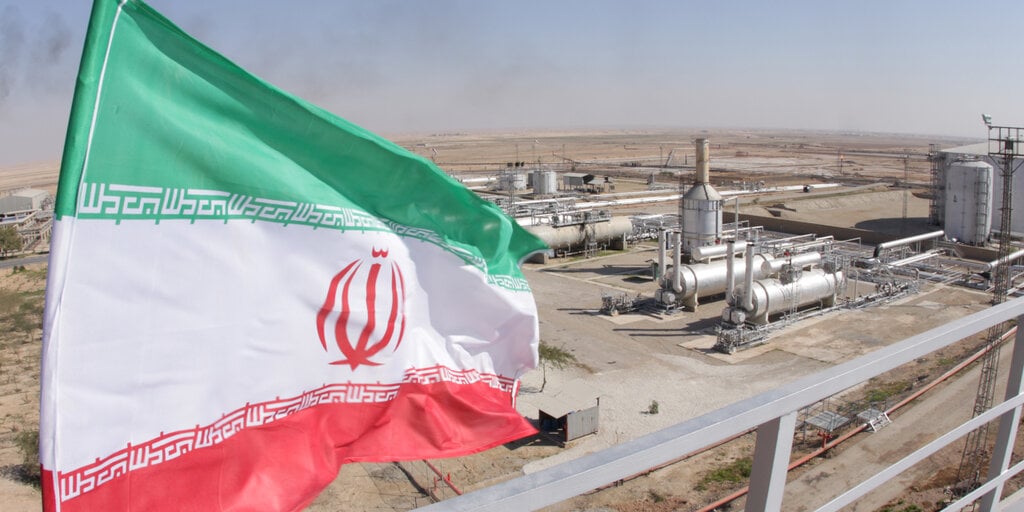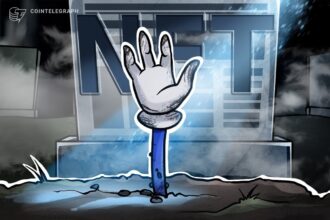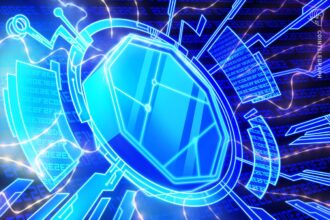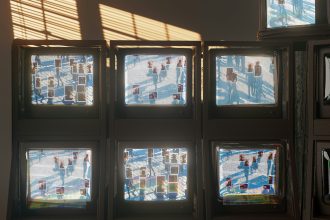U.S. Strikes on Iranian Nuclear Sites Face Verification Challenges
In Brief
U.S. airstrikes targeted three Iranian nuclear sites, including the highly fortified Fordow enrichment facility, but verifying whether the uranium stockpiles and equipment have been destroyed presents significant technical and diplomatic hurdles.
The International Atomic Energy Agency (IAEA) Director General, Rafael Grossi, stated that no independent assessment of the damage at Fordow, which remains inaccessible to inspectors, is possible at this time.
Verifying uranium destruction is challenging as uranium itself cannot be detected by satellite imagery, and remote sensing methods used offer indirect rather than direct confirmation of elimination.
Verification Challenges
Despite President Donald Trump declaring the strikes a success, intelligence agencies face difficulties in confirming the completeness of destruction at the targeted sites.
“At this time, no one, including the IAEA, is in a position to have fully assessed the underground damage at Fordow,” IAEA Director General Rafael Grossi told Reuters.
Expert analysis suggests confirmation will require a combination of intelligence assessments, satellite imagery, and time to map the extent of the damage and determine if Iran’s nuclear capabilities were significantly impaired. Rachel Davis, Head of Commentary at Defense IQ, added:
“All of this is context-dependent, but the time available to track the original intent of that strike has expired. The objective of the strike moved from immediate completion to measurable outcome.”
Furthermore, the depth of the Fordow facility—approximately 80-90 meters or 260-295 feet—presents a technical challenge for some verification methods, particularly aircraft-based sensors that must fly very close to the ground for effective measurement.
TechQuest: Current Verification Methods
Gamma-Ray and Neutron Detection
Specialized aircraft and drones can carry sensors capable of detecting gamma rays or neutrons released during enriching or fuel fabrication activities.
However, these aircraft must fly very close to the ground (within thousandths of a mile) to detect and map radioactive sources effectively, making them vulnerable. The depth of Fordow also limits the signal strength received by remote sensors.
Air Sampling (WC-135 “Constant Phoenix”)
Specialized U.S. Air Force aircraft collect atmospheric samples to analyze traces of radioactive isotopes released by nuclear reactions.
Limitations: Only effective if released material is carried by winds over significant distances. Less sensitive to underground explosions, unlike atmospheric/nuclear tests done during the Cold War.
Neutrino Detectors
These highly sensitive instruments can identify very long-range neutrinos released from large-scale nuclear reactions like fission or fusion.
However, current neutrino detection technology requires placement relatively close to the source (within about 56 miles) and is not yet suitable for reliable, real-time, long-range monitoring.
Hyperspectral Imaging
Satellites and drones equipped with hyperspectral sensors cannot directly measure uranium levels but can identify indirect signs like heat signatures, disturbed terrain, or camouflage patterns.
Combined with AI, this can analyze changes to structures or vehicles suggesting damage. However, these methods cannot confirm the destruction of uranium or what specific materials were inside specific buildings.
The Path Forward
Both field experts and the IAEA acknowledge that technological verification alone is insufficient. Dr. Jeffrey Fields of the University of Southern California stated:
“We need to try to go back to the negotiating table as soon as possible. We have to allow the IAEA inspectors to return.”
IAEA Director General Grossi emphasized this point further:
“The IAEA is ready to play its indispensable role in this process… [We need] to work for peace.”
The conclusion that verification requires IAEA personnel physically inspecting the sites after receiving international authority underscores the limitations even of current technological capabilities.












